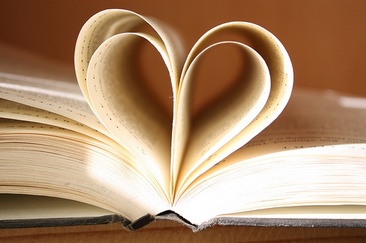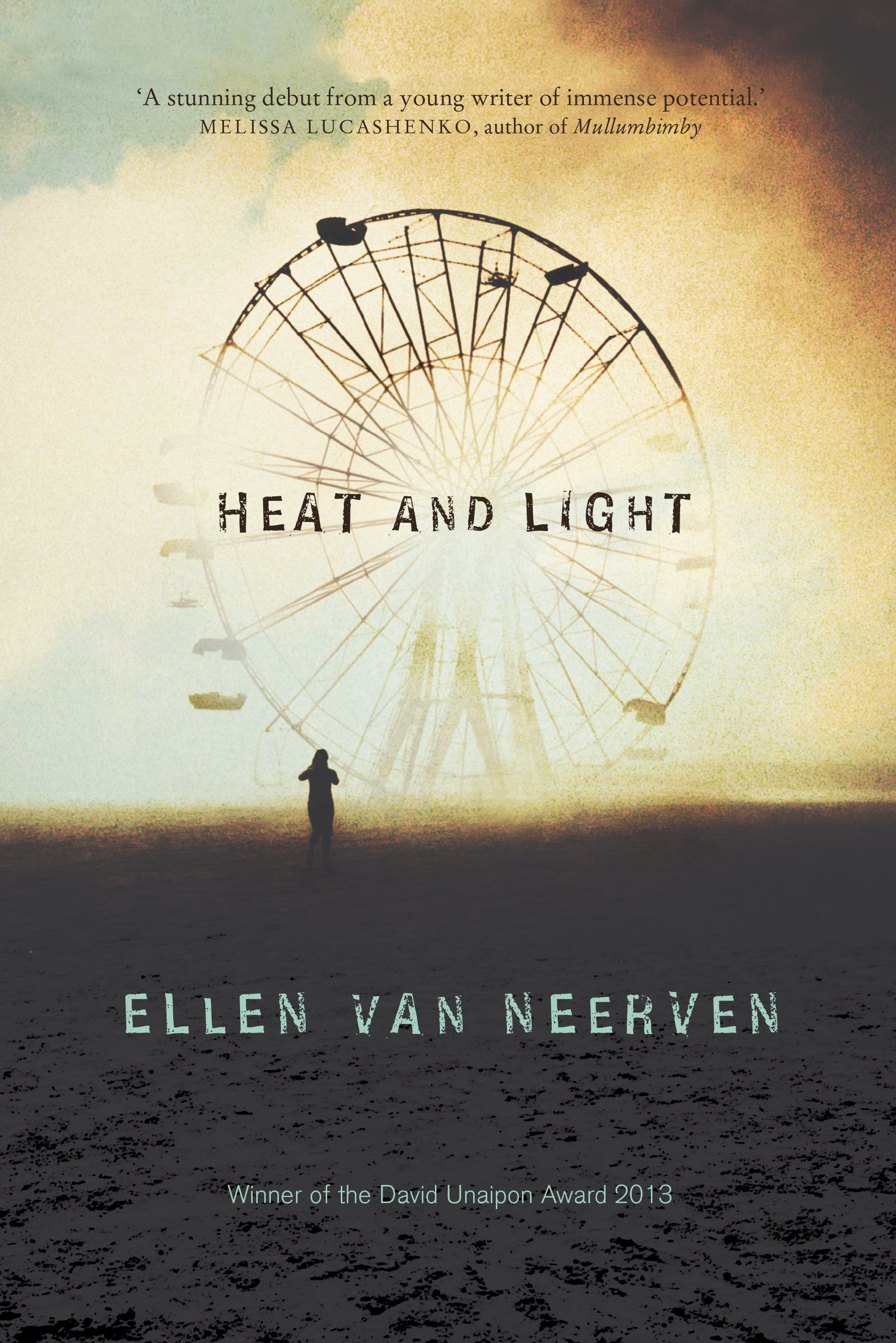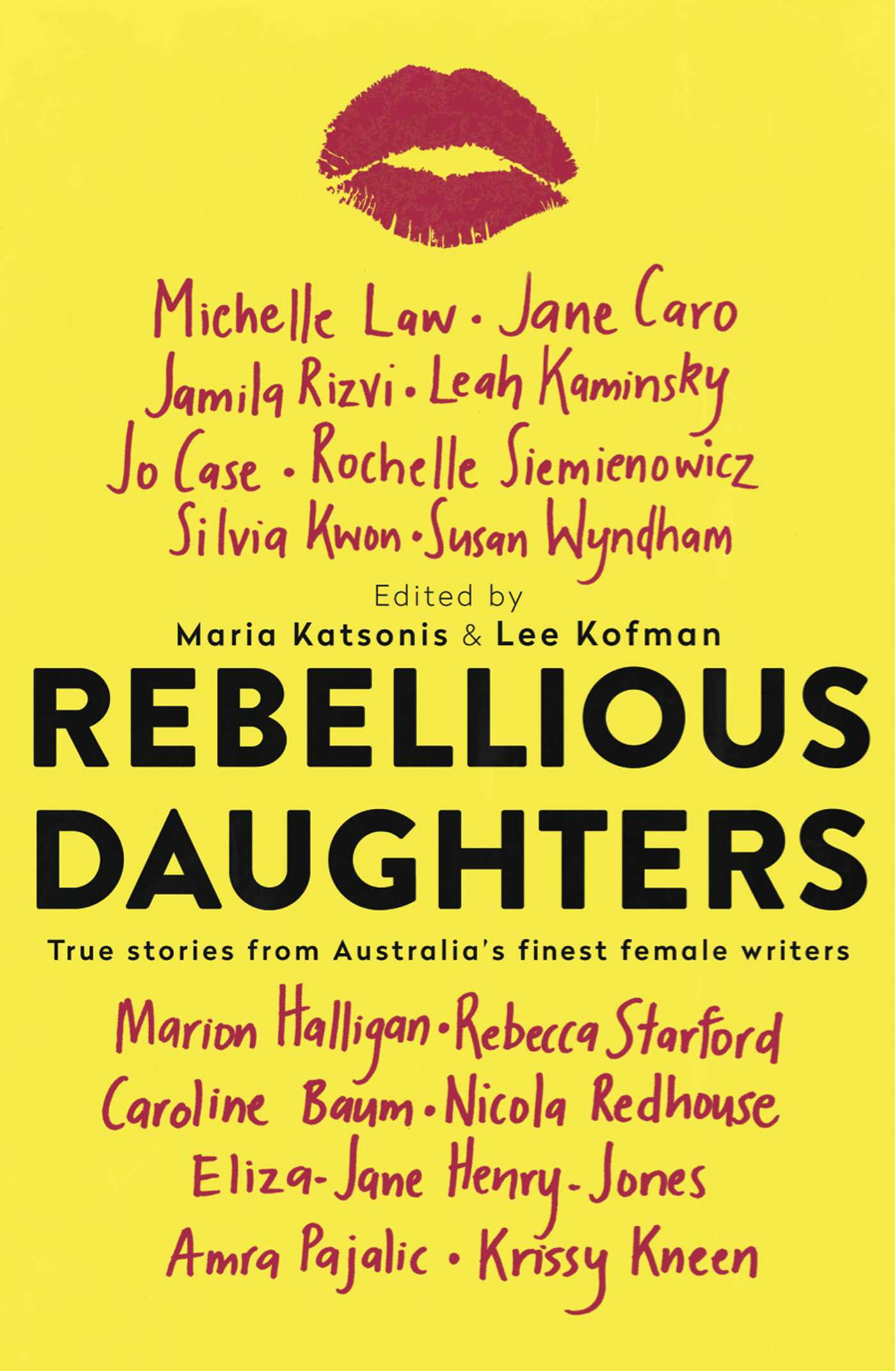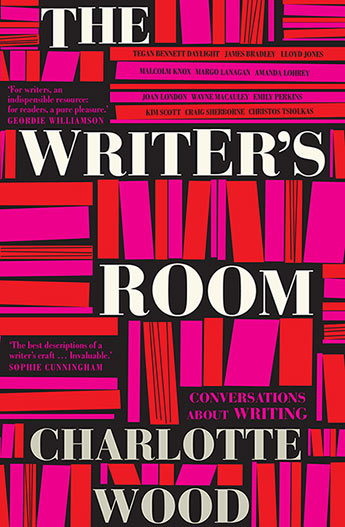Unless you’ve been in seclusion for the last week you’ll have heard that just ten days into office Queensland’s new Premier, Campbell Newman, scrapped the Queensland Premier’s Literary Awards. Since then I’ve read countless articles by authors and members of the arts community condemning the move and being forced to justify their own worth.
the last week you’ll have heard that just ten days into office Queensland’s new Premier, Campbell Newman, scrapped the Queensland Premier’s Literary Awards. Since then I’ve read countless articles by authors and members of the arts community condemning the move and being forced to justify their own worth.
Let’s get a few things straight. Campbell Newman has a $47 billion state budget. A $244,475 saving is merely small change. It’s like stealing five cents from a wishing well — no one will notice the difference. But while it’s small change for the government, it has a huge potential to impact writers.
There seems to be a misconception among the general public that when you publish a book you’re on a gravy train. Writers earn only ten per cent of the RRP of every book sold. An average print run for a first novel is around 5000. So a paperback selling at $29.95 will earn the author $14,975 (if, and it’s a big if, the whole print run sells). Most books take years to write, diluting any funds earned down to a miserable ‘wage’. Say you’ve spent two years writing your novel, that equates to earnings of $144 per week. If you spent five years it equates to $57 per week. Who in their right mind would work for that? Not Campbell Newman, that’s for sure. As author Justine Larbalestier says, ‘The life of a novelist is, financially speaking, a mug’s game.’ So the money from major literary awards can dramatically boost a writer’s income, often allowing them to devote more time to their writing instead of undertaking all manner of other writing jobs to pay the bills. But the benefits are not just monetary. More importantly, awards can make careers. Being shortlisted or winning a major award signals to readers that this is a book worth reading. It impacts sales and boosts the industry. It generates business. What’s more, the Queensland Premier’s Literary Awards did all this for the equivalent of 18.3 cents per Queenslander.
Read More »The real value of books
Queensland was only one of two states (the other being South Australia) to offer an award for an unpublished manuscript that included a publication contract. It was also the only state to offer a prize for an unpublished manuscript by an Indigenous writer (David Unaipon Award), and the only state to offer a prize for short fiction (Steele Rudd Award). All three of these awards supported emerging writers and helped establish the careers of writers like Tara June Winch, Nerida Newton and Patrick Holland. Fortunately UQP will continue to run the first two awards categories and publish the winning books. (They were rightly fuming that Newman cancelled these awards given that UQP established the David Unaipon Award before the Premier’s Awards were even in existence).
You can sign a petition to demand that Newman reinstates the awards here. However, Queensland authors Matthew Condon and Krissy Kneen are in the process of establishing a new independent set of awards, along the same lines as the Queensland Premier’s Literary Awards but without the prize money.
Those who support Campbell Newman’s act have been vocal in condemning ‘government handouts’ to writers. Let me quote author Nick Earls extensively, who puts it nicely here:
“To the caller to talk back radio this morning who said ‘you don’t see the government giving money to apprentice plumbers,’ please open your eyes whenever you’re ready to. An apprentice is eligible for $5,500 in Tools for Your Trade grants, $7800 Adult Apprentice Support in year one if they’re over 25 and $5200 in year two, up to $1000 a year in travel support and up to 13 other Centrelink benefits. Plus the government pays their employers to have them. I don’t have the figures for plumbers, but for apprentice brickies the employer incentives total $19,800 per apprentice. It’s a rare writer who is good enough to win awards that might pay them an amount comparable to the tax dollars that go towards each and every apprentice training anywhere around the country…
To the caller who said ‘You don’t see governments handing this sort of money out to other industries,’ okay, you’ve got a point. The federal government recently committed a thousand times this much to one initiative in the car industry, for whom $250,000 proabably wouldn’t fund one meeting in Detroit. The government would never bother earmarking $250,000 for the car industry.
Governments give huge amounts to industries all the time, and we don’t notice much of it. A lot of it’s probably very useful, but it’s not there to be noticed. Writers’ awards are there to be noticed—it’s partly what they’re about. But don’t go saying governments don’t give out money to other industries.”
Like Earls, I’m sick of arts practitioners being forced to justify their worth. And I’m sick of hearing that the arts are not essential. The arts feed us, nurture us, teach us about ourselves and the world around us. They offer beauty, truth, grace. They have the potential to grow us as human beings. Even in places of poverty you’ll find music, dance, storytelling. They are fundamental to our society.
Other politicians have understood this. During World War II, Winston Churchill resisted closing down theatres at the beginning of the war and defended cuts to the arts*, and during the worst days of the civil war, Abraham Lincoln regularly attended the theatre because the arts replenished him. Campbell Newman could learn a thing or two from these men.
It’s the National Year of Reading and Newman has just sent a clear message that he doesn’t give a toss about literature. As Stuart Glover says, ‘He has signalled that he doesn’t understand the way artists and writers help us make a civilized society, and the way they help us discuss and negotiate who we are. Newman may not like to read, but he is mistaken to think that we should not encourage others to do so. While the writing community roils today, the rest of arts community might well shiver.’
Newman has saved $244,475 but the cost to Queensland’s cultural reputation remains to be seen.
*When Winston Churchill was told that the war’s mounting costs called for cuts to the arts, he is famously said to have responded, ‘Then what are we fighting for?’ Sadly, this quote appears to be fictitious. It is nowhere to be found in his 15 million speeches, papers, letters, articles or books. He was, however, a supporter of the arts and recognised their value. When the then director of the National Gallery, Kenneth Clark, suggested that the gallery’s paintings should be sent to Canada for safekeeping, Churchill responded with an emphastic ‘No’. He minuted, ‘Bury them in caves and cellars. None must go. We are going to beat them.’











